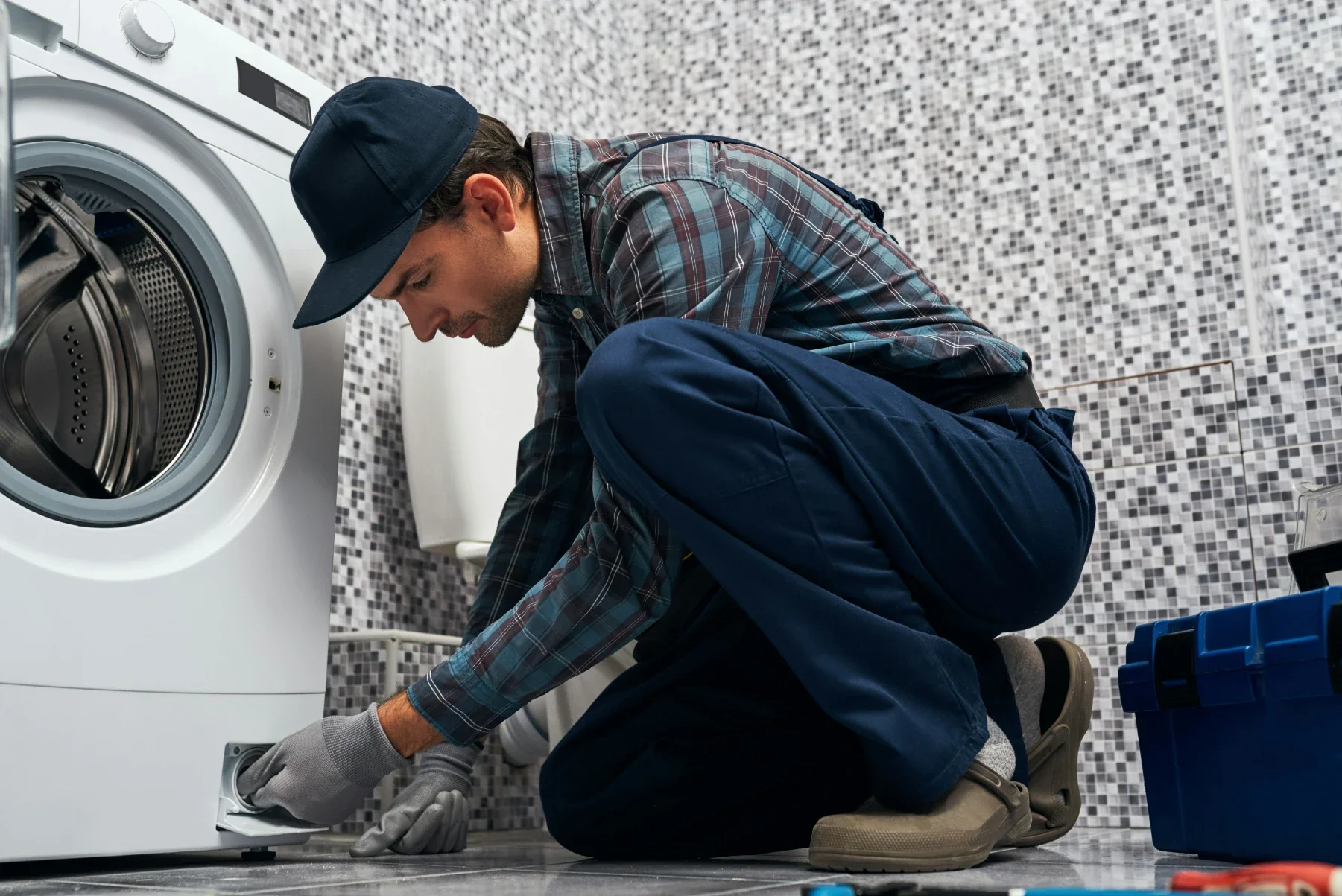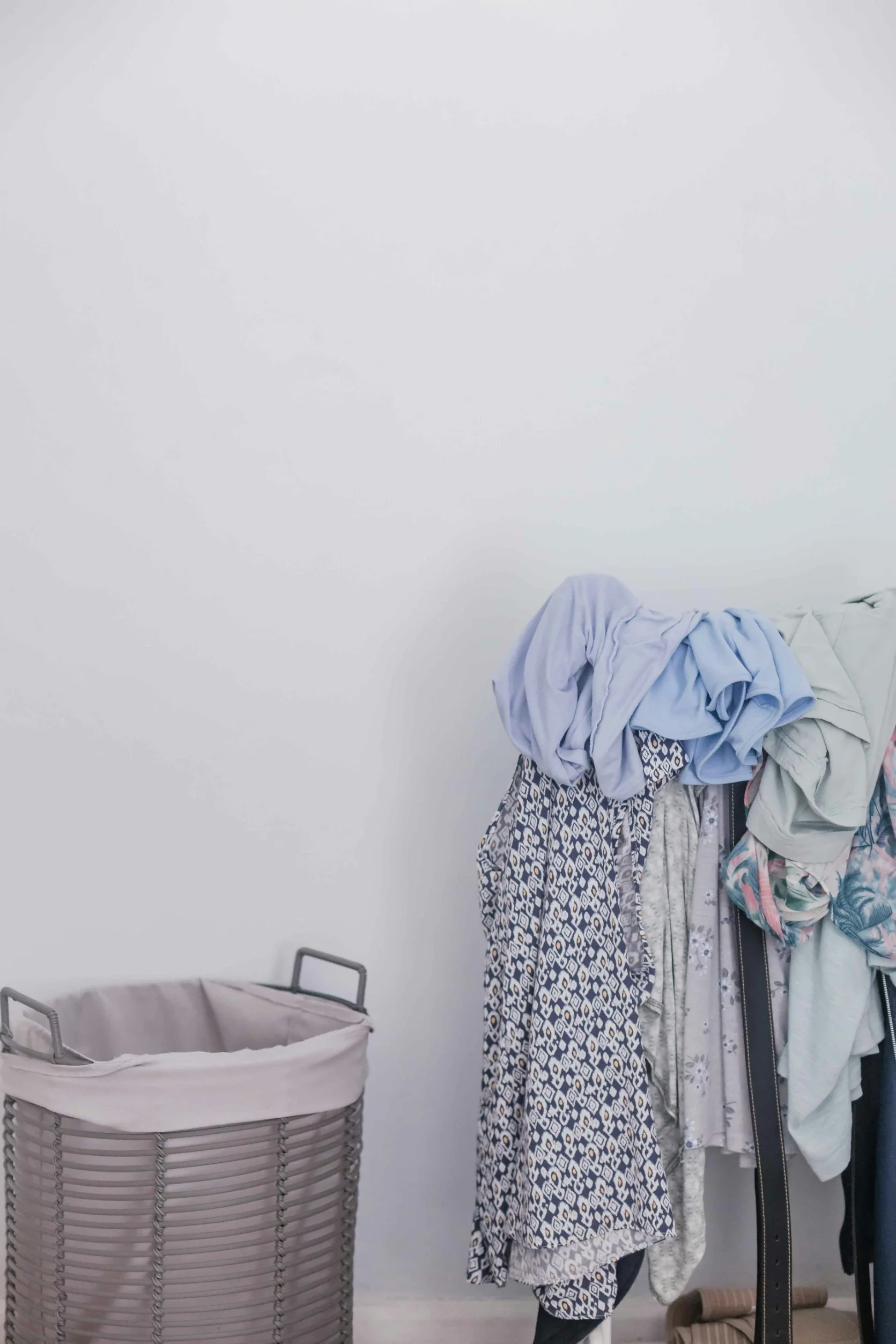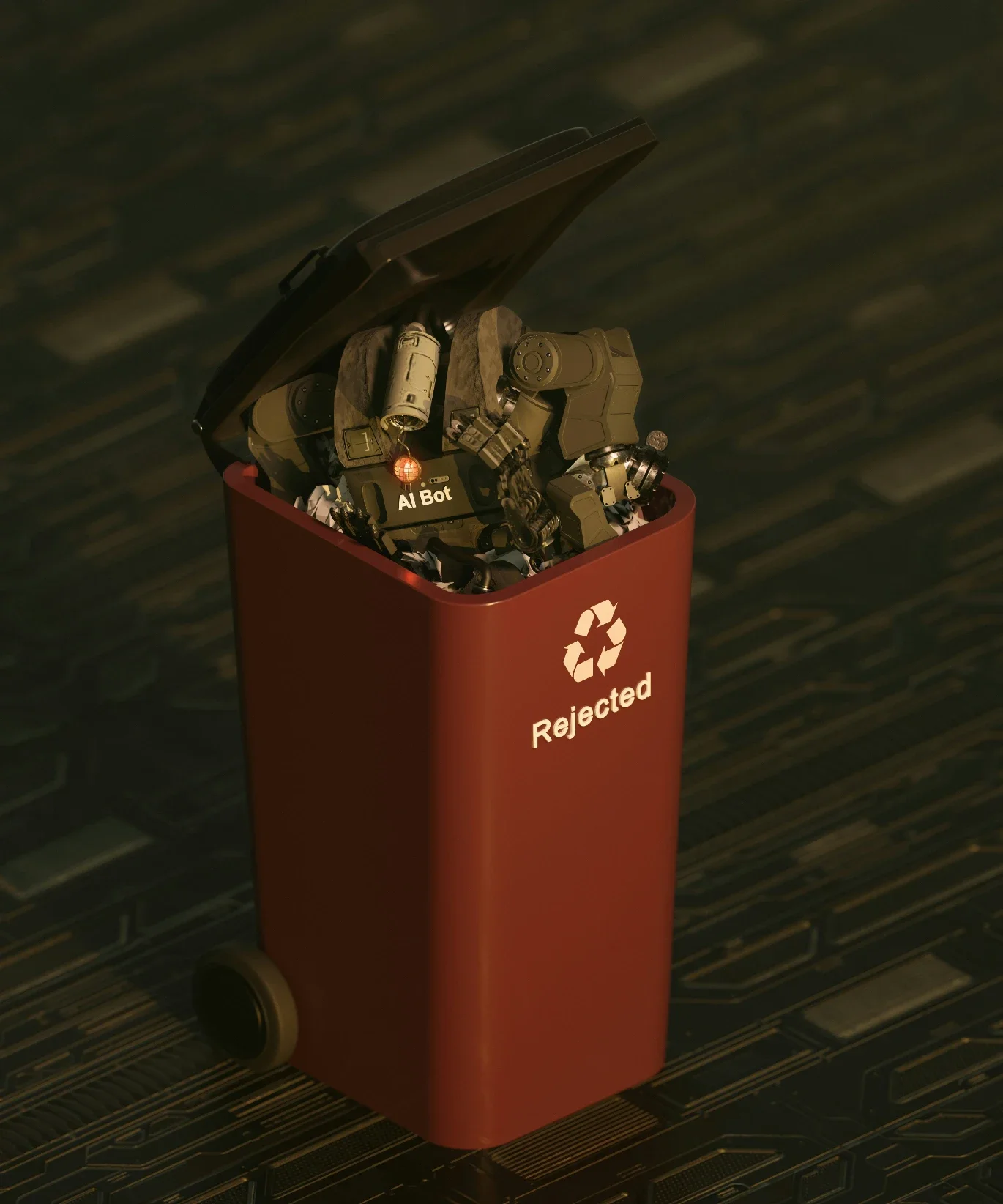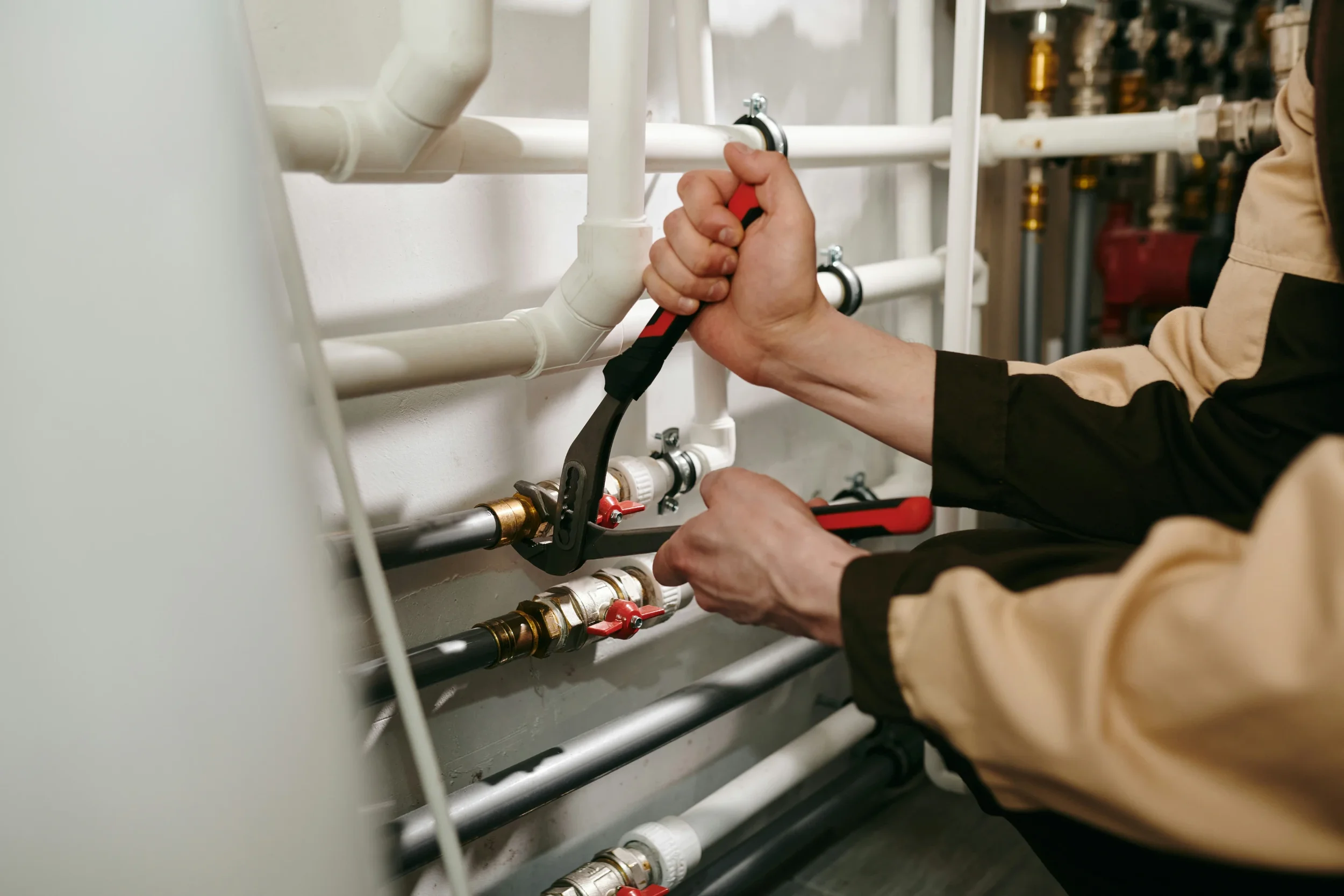5 Zero-Waste Laundry Swaps to Make Your Wash Routine More Eco-Friendly
Discover five sustainable laundry swaps, from detergent sheets to air drying, that cut waste, save energy, and protect your clothes.
Let’s be honest: most laundry rooms look like the lovechild of a chemical factory and a landfill. There are plastic jugs everywhere, half-empty stain removers, and detergent goo fossilised on the shelves.
For DIYers who can build a shelf from scrap timber and fix a leaky tap before breakfast, it’s time to apply that same no-nonsense ingenuity to your laundry routine.
Let’s Talk Dirty Laundry (The Sustainable Way)
You don’t need a sustainability degree or a Pinterest-perfect setup, just a few smart swaps that make your washing routine cleaner, cheaper, and planet-friendly.
Below are five zero-waste laundry hacks that’ll help you save energy, protect your fabrics, and reduce plastic pollution (without compromising on freshness).
1. Swap Liquid Detergent for Laundry Sheets
Traditional detergent is 80% water, packaged in thick plastic jugs that take centuries to break down. You’re basically paying to ship water and waste.
Enter laundry detergent sheets, the lightweight, dissolvable future of clean.
Brands like Filthy Clean have re-engineered laundry for modern eco-warriors:
Pre-measured sheets that dissolve instantly in hot or cold water
No plastic jugs, no spillage, no storage headache
Ultra-concentrated formula that cuts through grime while being gentle on skin and the planet
Each sheet replaces a capful of traditional detergent, so you’ll never over-pour again. Bonus: a month’s supply fits in your drawer, gym bag, or carry-on, ideal for minimalists and travellers
2. Switch to Cold Water Washes
If you’re still defaulting to hot cycles, you’re not just wasting money but slowly cooking your clothes. High heat breaks down elastic fibres, dulls colours, and makes fabrics lose their softness long before their time. It’s like ageing your wardrobe in a washing machine.
Most fabrics simply don’t need it. In fact, washing in cold water can save up to 90% of the energy used per load since the machine doesn’t need to spend extra time and power heating litres of water. That one change alone can shave hundreds off your annual energy bill — and extend the lifespan of your favourite tees, linens, and activewear.
Modern detergents are no longer dependent on heat. Concentrated eco-friendly laundry sheets from Filthy Clean are engineered to activate in cold water, dissolving instantly and cleaning just as effectively as traditional liquids. Cold water also helps preserve dyes, preventing that faded “washed one too many times” look that ruins bright colours and dark jeans.
To make it effortless, switch your machine’s “eco” or “cold wash” setting to default and let the automation do the work. Combine that with shorter spin cycles, and you’ll cut your energy footprint, protect your clothes, and make each wash a small act of sustainability.
Cold is the new clean — for your clothes, your wallet, and the planet.
3. Ditch the Dryer (Yes, Really)
We get it; the dryer is fast, warm, and satisfying. But it’s also one of the biggest household energy hogs, responsible for up to 6% of the average home’s electricity use. Worse, every cycle shaves a little life off your clothes. The intense heat weakens fibres, causes shrinkage, and makes once-soft fabrics coarse. Over time, it’s not just your garments that suffer- your wallet too.
Each tumble sends invisible microfibres into the air and through vents, contributing to microplastic pollution. Combined with wasted heat energy, this is an environmental double whammy hidden behind the convenience of “quick dry.”
There’s a better way — and it’s refreshingly old-school.
Channel your inner DIYer:
Invest in a sturdy drying rack or retractable clothesline. These take up minimal space and cost less than a month’s electricity for your dryer.
Use sunlight strategically. Hang clothes in partial shade to prevent fading while letting UV rays naturally disinfect.
Dry indoors near airflow. Position racks near open windows or use a small fan to speed up evaporation without artificial heat.
Air drying reduces wrinkles and extends garment life. It also gives clothes that unmistakable fresh-outdoors scent, something no synthetic “linen breeze” fragrance can mimic.
If you absolutely need to use your dryer, make it smarter. Toss in a few wool dryer balls — they reduce drying time by up to 25%, soften fabrics naturally, and cut static without those chemical-laden sheets.
Going low-tech doesn’t mean going backward, it means going efficient, intentional, and sustainable. Your clothes, your bank account, and the planet will thank you.
4. Skip Microfiber Pollution
Every time you wash synthetic fabrics like polyester, nylon, or blends, thousands of tiny plastic fibres break free and flow into waterways. These microplastics are too small to be filtered out by most wastewater systems, so they end up in rivers, oceans, and the food chain.
Researchers have even found them in sea salt, fish, and drinking water. It’s one of those invisible issues that turns a simple load of laundry into an environmental problem without us even realising it.
There’s an easy fix, though. A Guppyfriend washing bag or Cora Ball can capture up to 90 per cent of those microfibres before they escape. Just place your synthetic clothes inside the bag, run your usual cycle, and dispose of the collected lint in your household rubbish, never down the sink.
It’s a small change that makes a massive difference to what leaves your machine.
To go a step further, use biodegradable detergent sheets. They dissolve completely and leave no chemical residue behind, meaning your rinse water is greywater-safe and can be reused for garden irrigation or other low-impact drainage.
When you pair mindful washing habits with planet-safe detergent, you’re protecting more than your clothesm, you’re protecting the entire water cycle.
5. Make Your Own Stain Remover (No Toxins Required)
Those bright “oxygen-boosted” stain removers on supermarket shelves are packed with phosphates, artificial dyes, and synthetic fragrances that linger long after they’ve done their job.
They travel straight from your washing machine into waterways, disrupting aquatic ecosystems.
The good news is that you can make an equally effective, completely natural version at home using a few pantry staples.
DIY Stain Remover Recipe:
Two parts baking soda
One part water
A few drops of eco dish soap
Stir these together into a thick paste, apply it directly to stains, and let it sit for ten to fifteen minutes before rinsing or washing as usual. The mild abrasiveness of baking soda lifts dirt and oils, while the soap breaks down grease and sweat marks.
It works wonders on collars, cuffs, and food stains without damaging fabric fibres or leaving chemical residues.
For brighter whites, add a tablespoon of vinegar to your rinse cycle. Vinegar naturally whitens fabric, softens fibres, and neutralises any lingering odours.
There are no fumes, gloves, or chemical cocktail, just simple, effective cleaning that’s safe for your clothes, your skin, and the planet.
Bonus: Build a Minimalist Laundry Setup
Zero-waste laundry isn’t just about the products you use; it’s about the environment you create around them. A clean, simple space helps make sustainable habits automatic. The less visual clutter you have, the easier it becomes to stay organised, focused, and intentional with every load.
Keep your setup functional and calm. Use glass jars to store pegs, baking soda, or stain remover paste. Keep your detergent sheets flat in a drawer or recycled paper box instead of bulky bottles. Add a few indoor plants such as peace lilies or snake plants to purify the air and bring life into the space. Opt for natural textures like timber shelves, woven baskets, and linen towels that align with the eco-friendly aesthetic and make the space feel grounded.
A minimalist laundry setup isn’t about perfection or sterile design. It’s about creating an area that supports your goals. When you see only what you need, you buy less, waste less, and think more about the impact behind your actions. The result is a routine that feels lighter, calmer, and better aligned with how you want to live.
DIY Takeaway: Filthy Clean Clothes, Uber Clear Conscience
You don’t need to overhaul your life to make a difference. Each small decision adds up. Swapping out plastic jugs for detergent sheets, using cold water instead of hot, or drying clothes naturally all contribute to a meaningful change. These deliberate choices save energy, protect waterways, and help your clothes last longer.
When you switch to Filthy Clean’s eco detergent sheets, you’re not just buying convenience; you’re joining a movement of people who believe in doing good while doing it themselves.
Ready to clean up your act?
Meet the Filthy Clean Starter Pack — your all-in-one, zero-waste cleaning upgrade for home, kitchen, and laundry.
You’ll get;
80 laundry detergent sheets
80 dishwashing sheets
40 toilet cleaning sheets
With a total value of almost $80, we’ll throw in 3 Kitchen Chaos Cloths and 6 Fast & Fluffy Dryer Balls as free bonuses to round out your eco setup (for a limited time only)
Each wash costs only 44 cents, making it cheaper than most supermarket detergents. It's also cleaner, lighter, and 100% plastic-free, so it's a no-brainer to make the switch.
Grab the Filthy Clean Starter Pack today and see how good sustainability can look, smell, and feel- for your clothes, home, and the planet.









